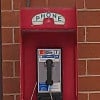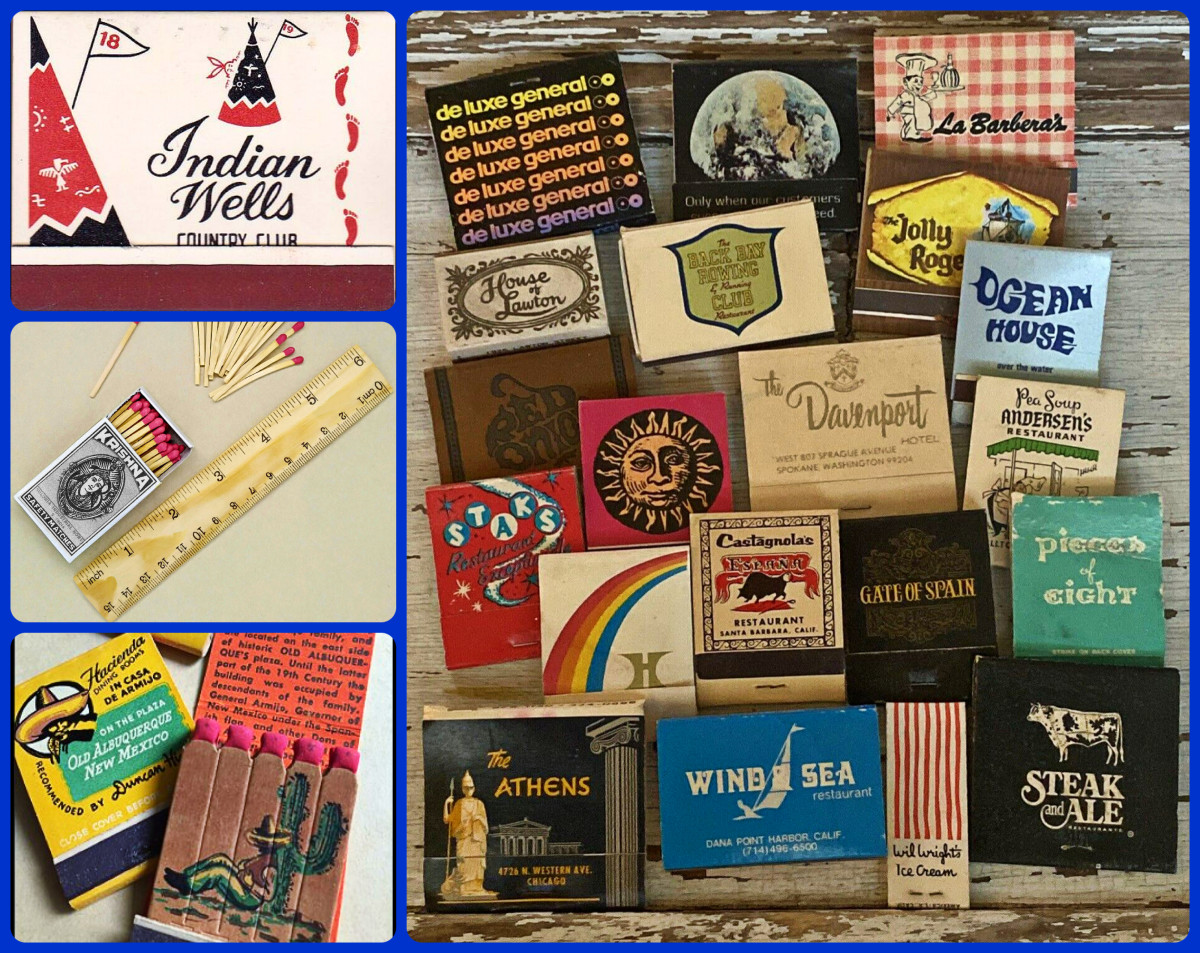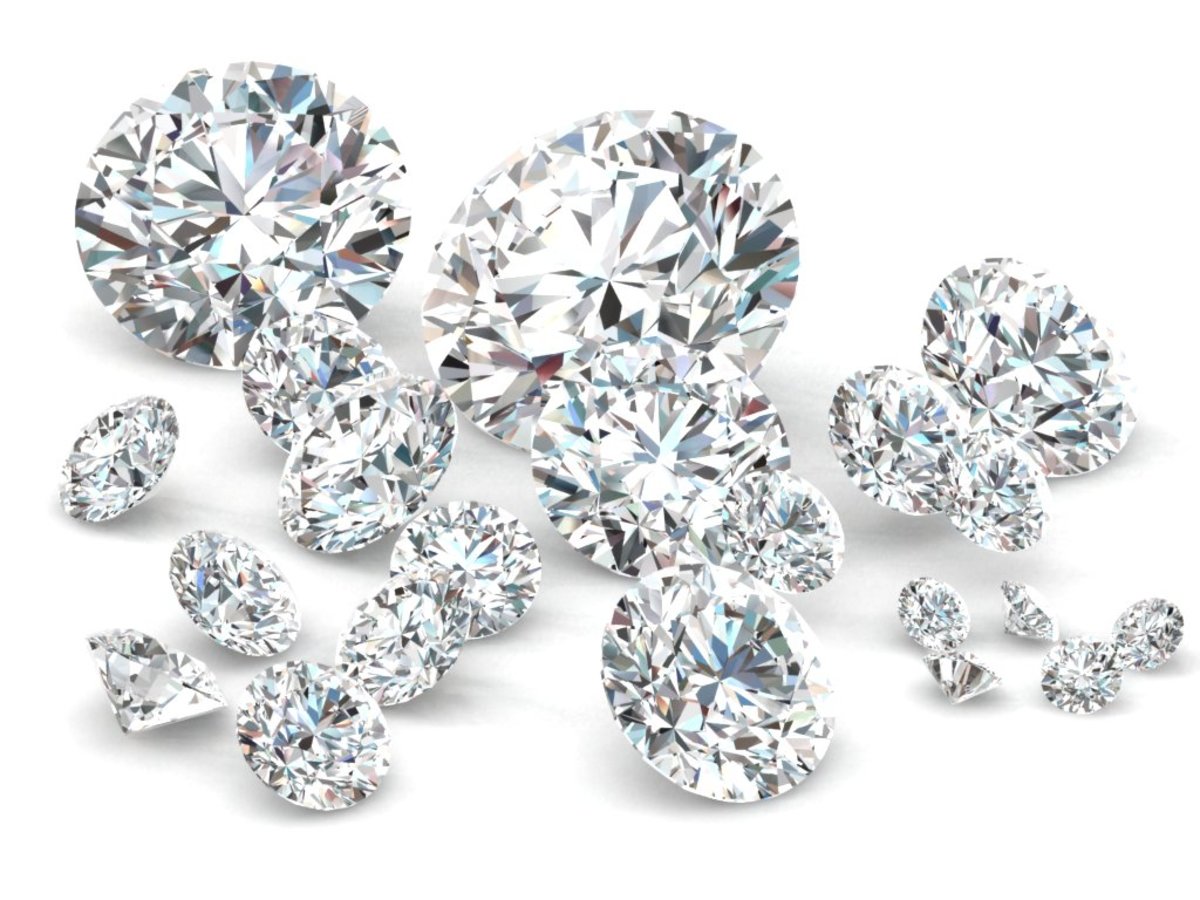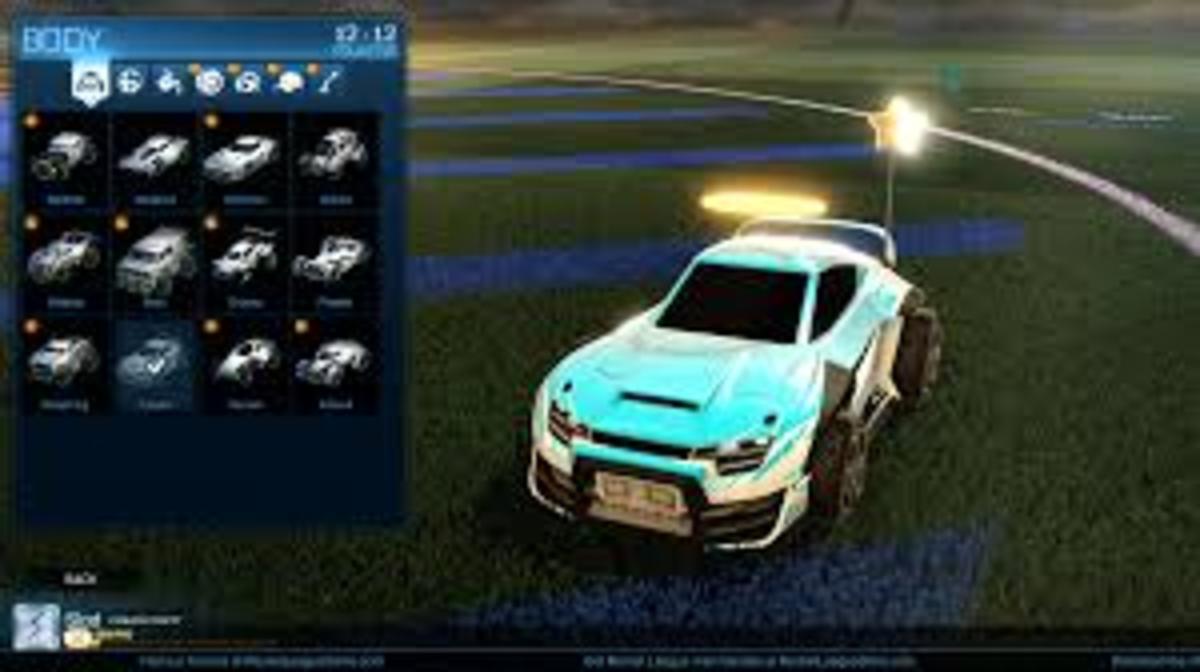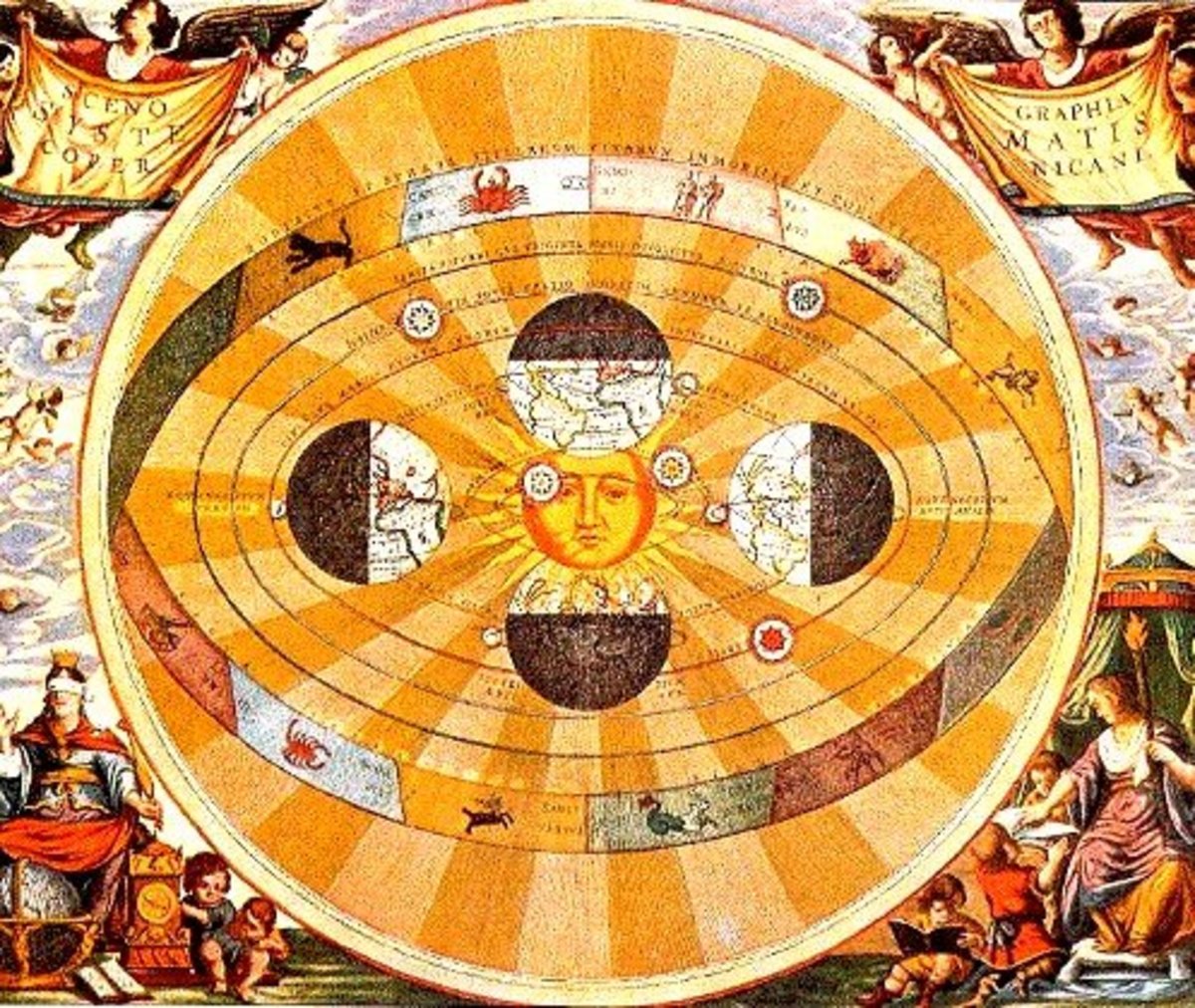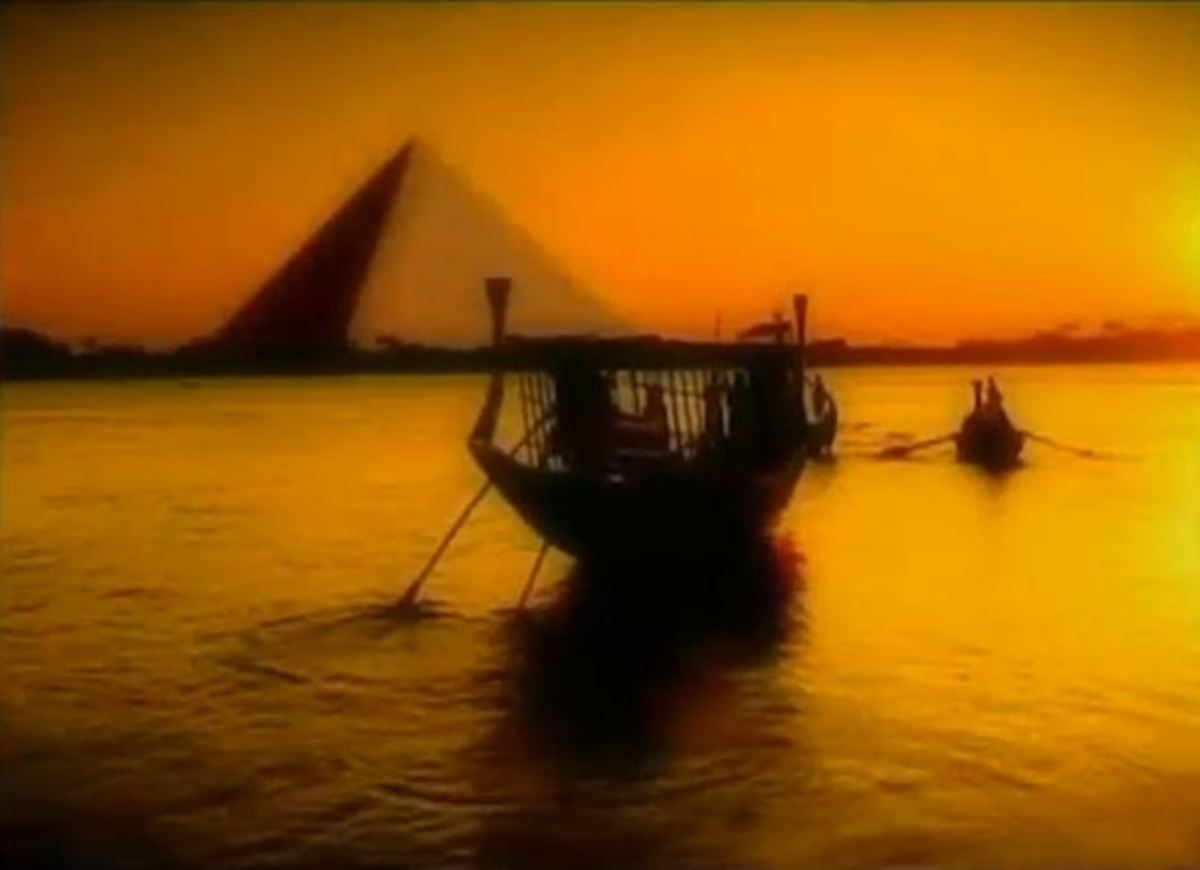Phosphorous, Lucifers to Safety Matches
Matches
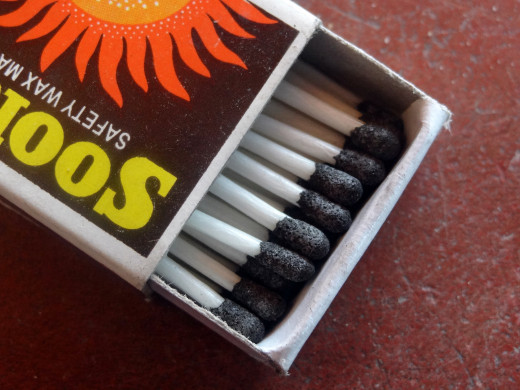
The match is a combustible tool for lighting a fire in controlled circumstances, according to Wikipedia.. They can be sold at tobacco shops, various retail stores and commonly given away where tobacco is sold. A match can be a wooden stick that is self-striking on a rough surface. We sometimes called these “farmers matches.” They can also be smaller wooden matches that have to be struck on a special surface and are usually sold in a smaller box. They can be paper matches that are sold in a book and struck on the special surface outside of the book.
I wonder how many movies I have seen or stories I have read where life depended on building a faire and the character only had one or two matches. Almost invariably they would drop the match or get it wet.
I think that fire and its benefits are something very basic and the reason that the lowly match is more important than it appears.
Apparently Martial in ancient Rome mentioned sulpher matches, according to Wikipedia.
Small sticks of pinewood impregnated with sulfur were invented in China in AD 577.
Matches were apparently in Europe of 1530.
K.Chancel, assistant to Professor Louis Jacques Thenard of Paris, invented the first self-igniting match in 1805. The head of the match consisted of a mixture of potassium chlorate, sulfur, sugar, and rubber. These were dangerous matches and never became popular.

Phosphorus
The discovery of phosphorus which is what makes a match light up was discovered in 1669 but it was 1827 that an English chemist, John Walker, found that if he could coat a stick with chemicals he could start a fire by striking the stick against a surface. He had invented the first friction matches . The chemicals were antimony sulfide, potassium chloride, gum, and starch. He dubbed his matches “Conreves” in reference to the Conreves Rocket, which was invented in 1808. He sold his first matches to a solicitor (lawyer), Mr. Hixon on April 7,1827. These first matches were explosive in nature and dangerous to handle.
Samuel Jones did market the matches for a while and called them lucifer’s. They were popular but had a bad burning odor. Then in 1830 Charles Sauria made a match with phosphorus but with no odor. Unfortunately the white phosphorus was toxic and users got sick. Johan Edward Lundstrom from Sweden in 1855 patented a safety match with red phosphorus on the outside of the box and the other ingredients on the match head. It could only be struck on the prepared special striking surface.
Joshua Pusey who called his matches “flexibles’ introduced the matchbook. Diamond Match Company challenged the patent. They later bought it from Pusey. One innovation diamond had been to put the striking surface on the outside of the matchbook.
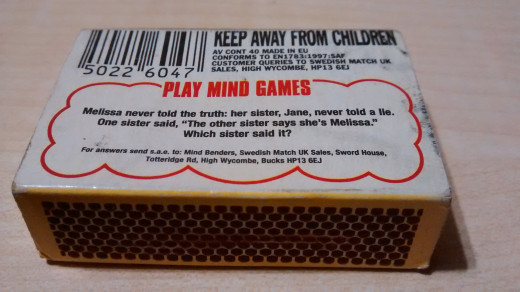
Advertising
The Medelson Opera Company created the first commercial advertising on book matches in 1895.the Opera Company bought several boxes of blank matchbooks from diamond Match and the cast members pasted photos and slogans on them. The Franklin Mint now insures the only remaining one for $25,000.
In 1895 production was over 150,000 matchbooks a day. Diamond wanted to make a quality matchbook to sell to the public. Free matchbooks came later. The first matchbooks were dangerous and flimsy and the matchbook division of Diamond in 1896 was unpopular within a thriving company. At this point, the matchbook division went to a young salesman by the name of Henry C. Traute. He was a marketing genius and he was soon soon vice president of the company. He had them change the design to put the striker on the outside of the matchbook and added the phrase ‘close cover before striking.”
He went after a big accunt to give clout to the product. He targeted business and got advertising for Pabst Brewery in Milwaukee, Wisconsin. This was for ten million matchbooks. Next was Duke tobacco for thirty million books. He then went for chewing gum advertising and got an order for one billion from Wrigley’s Chewing Gum.
An additional business innovation was to have matchbook companies to sell ad space to various companies. This was different from the dedicated ad space previously sold. He wanted to make the match company handle distribution around the country.
In the 1920’s matchbooks became very popular for advertising. A case of matchbooks containing 2,500 printed matchbooks could be bought for about five dollars. They were used everywhere, big cities to the smallest towns.
Discretionary expenditures in 1929 for matchbooks fizzled, along with the economy.
Movie Stars
Diamond in 1932 produced the first set of movie star matchbooks. Ten personalities were on the test set of “the smallest billboard in the world.” The personalities were Katherine Hepburn, Slim Summerville, Richard Arden, Ann Harding, Zazu Pitts, Gloria Stuart, Constance Bennett, Irene Dunne, Frances Dee and George Raft Stars from movies and radio and popular nightlife adorned future matchbooks.
After the success of the Hollywood matchbooks Diamond followed with sports personalities. In both cases, Hollywood or sports, the matchbooks had pictures of the stars along with short bios.
When the Second World War broke out the matchbooks switched to military and patriotic efforts of the country.
The Office of Price administration insisted that a free book of matches go with every pack of cigarettes.
The end of 1945 manufactured more than a hundred billion matches were manufactured in the United States. As smoking became less popular demand for matches dropped.


Special Purpose Matches
Storm matches or lifeboat matches have easy to strike tips like a normal match. A portion of the match is coated with a combustible compound which will continue burning even with a strong wind and wax coating makes them waterproof. These matches were used in the first mass produced Molotov cocktails.
Bengal matches
Are actually small hand held fireworks like sparklers. They are somewhat like storm matches in form but include compounds of strontium or barium in the compound on the stick to get a red or green flame.
Fireplace matches are matches with a long stick for reaching into a fireplace for stove to light it.
Fires related to matches
The deadliest nightclub fire in United States history was at the Coconut Grove and started in an artificial palm tree when a busboy lit a match when changing a light bulb.
The king’s Cross fire in London on November 18, 1987 was a devastating underground fire in which 31 people were killed. Investigation concluded that probably a lighted match being dropped ignited rubbish and grease, probably.
The October 2007 Buckweed Fire in California wildfires were started by a ten year old boy playing with matches. Thirty Eight thousand acres of land were burned as well as 63 structures.
Note: sources for this hub are Wikimedia, Matchcovers.net/history, About.com Inventors

© 2011 Don A. Hoglund
